2019-01-12
Landscape photography in Iceland
by: Rafn Sig,-
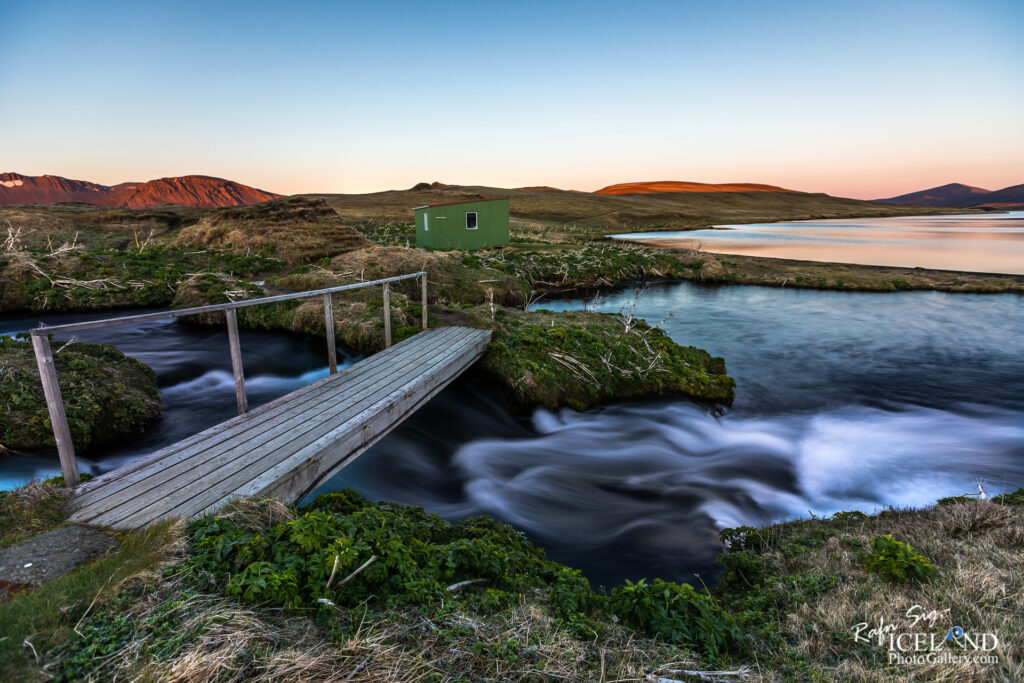
The beautiful area of Veiðivötn, just northeast of Landmannalaugar, is an entanglement of small desert lakes in a volcanic basin, a continuation of the same fissure that produced Laugahraun in the Fjallabak Nature Reserve.
The crater formations here are of a true extraterrestrial character and environment something truly unique. The contrast between black sand and gin clear waters is very unique.
This part of the country is among the youngest (1477) and wildest pearls of the central highlands. It comprises about 50 lakes of different sizes, most of which are so-called crater lakes. The area is about 20 km long and 5 km wide and has a southwest – northeast direction. The craters and the lakes lie in two rows. You have to ford the small river between the two Fossvotn lakes to get into the area. Most of the lakes are fed and discharged underground because the lava fields and the scoria are very permeable.
Landscape Photography is about capturing space in the world where you show the beauty of the nature, as you see it. Landscape photographs typically capture the presence of nature but can also focus on man-made features or disturbances of landscapes.
Landscape photography is done for a variety of reasons. Perhaps the most common is to recall a personal observation or experience while in the outdoors, especially when traveling. Others pursue it particularly as an outdoor lifestyle, to be involved with nature and the elements, some as an escape from the artificial world.
Others, like the work of William Henry Jackson in the mid-19th century was instrumental in convincing Congress in 1872 to create Yellowstone, the first national park in the United States. Rafn Sig,- The Icelandic Landscape and Nature Documentary Photographer is reaching out to people and Government to open up there yeas for how vulnerable the landscape of Iceland is and it needs to be better protected.
Landscape photography involves daylight/twilight or night photography of natural features where it includes land, sky and/or waters, at a distance—though some landscapes may involve subjects in a scenic setting nearby, even close-up. An artist’s eye for the subject can yield attractive and impressive results even with modest equipment.
For “wide open spaces,” a wide-angle lens is often the preferred lens, allowing a broad angle of view. However, medium-range to telephoto lenses can achieve satisfying imagery, as well, and can enable the capture of detailed scenery of smaller areas at greater distances. Telephoto lenses can also facilitate limited ranges of focus, to enable the photographer to emphasize a specific area, at a fairly specific distance, in sharp focus, with the foreground and background blurred (depth of field).
A big difference between a wide-angles lens and a telephoto lens is the compression of the landscape; the wider the angle the more distance will appear between the foreground and background elements; however, a telephoto lens will make the same elements appear closer to each other. Other lenses that can help include the fisheye lens for extremely wide angles and dramatic effect, and the macro/micro lens for extreme close-up work. While variable-range zoom lenses are widely used, some landscape photographers prefer fixed-range prime lenses to provide higher clarity and quality in the image.
With cameras that allow a variety of shutter speeds and lens apertures, landscape photographers tend to prefer settings that allow all of the viewed area to be in sharp focus. This typically requires a small aperture (a high f-stop), which creates only a small hole for the light to come into the camera from the lens, ensuring that as much of the field of view is in focus as possible (depth of field).
With a small aperture, however, a slower shutter speed (longer exposure) may be required to compensate for the limited amount of light squeezing in through the small aperture. This can be a problem or it can be an advantage, it all depends on how you look at it. If there are kinetic elements in the picture, such as moving animals (especially birds), people or vehicles they can be blurry or out of focus. It can also be a problem if the environment is kinetic (in motion), such as wind blowing and shaking all the trees and plants in the scene, or if water is flowing. On the same time it can give a nice effect to get more 3d in the shot and to get the audience to feel they are closer to the subject. Slow shutter speeds can be a problem if the photographer is in motion (such as shooting a scene from a moving vehicle) and the target will get blurry.
Some compromise between shutter speed and aperture may be necessary, or advisable. To some extent, a higher-ISO film or digital camera setting can compensate without the need to alter shutter speed or aperture. However, higher ISO settings (“fast film”) can result in grainy pictures and poor capture of details, especially at a distance.
Like mentioned before, in some cases a slow shutter speed is desired to show movement of the subjects, particularly moving water or the effects of wind.
Camera lens filters can serve different purposes in photography. They can be indispensable for capturing scenery in extremely difficult lighting conditions; they can enhance colors and reduce reflections or can simply protect lenses. Filters are widely used in photography while some only use filters in rare situations, others rely on filters for their everyday work. Landscape photographers heavily rely on various filters, while street and portrait photographers rarely get to use them. Since photography is all about the quality and intensity of light, lens filters are often necessary to modify the light before it enters the lens. Many photographers think that some of the built-in filter tools in Lightroom or Luminar etc. can simulate filter behavior but the fact is that they can never be simulated in software and some actually help in getting even better results during post-processing.
One of the important tools besides your creativity and camera is a solid tripod. Using a tripod opens up a bunch of new possibilities. With tripod you will be able to perform a variety of techniques that will improve your landscape photography. The main reason that landscape photographers rely on a solid tripod is the fact that you’re able to use a longer shutter speed and still capture clear and sharp images. While a tripod can be bulky and heavy to carry around, it will be worth the extra effort in most scenarios. There are, of course, many varieties available on the market and some are lighter than others. However, lighter doesn’t necessarily mean better, it depends on the weather what kind of tripod you need for that occasion. Heavy tripods are especially useful in windy locations, as they will most likely not be as impacted by the winds as a lightweight tripod. On the other hand, a heavy tripod might be useless to bring on long hikes and it might even be difficult to fit in a suitcase or carry-on when traveling. That means that there is not one tripod that is perfect for any given situation, rather you will need to particularly decide what is most important for you (or get more than one!). Choosing the right tripod for landscape photography isn’t always an easy task but making the correct decision is important. Having a quality tripod is what can be the difference between getting the shot and missing the shot.
As a native photographer I feel responsible to leave all I can behind to show how it looked like, with my photography, before it’s too late.
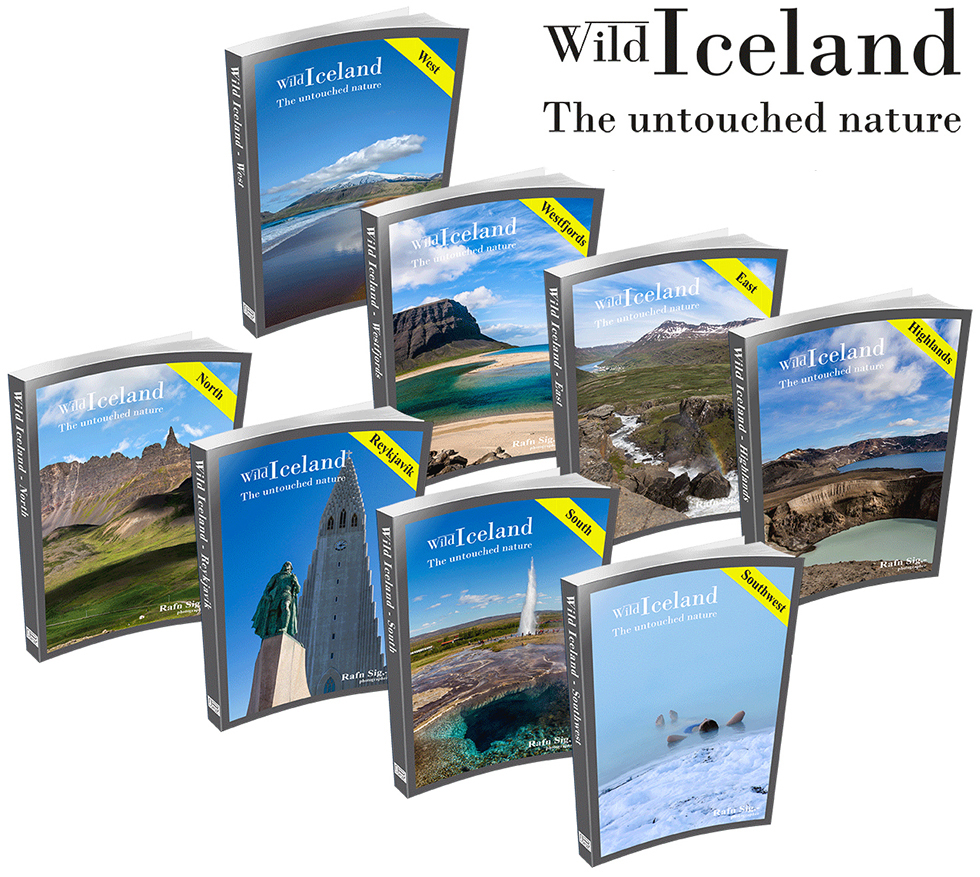

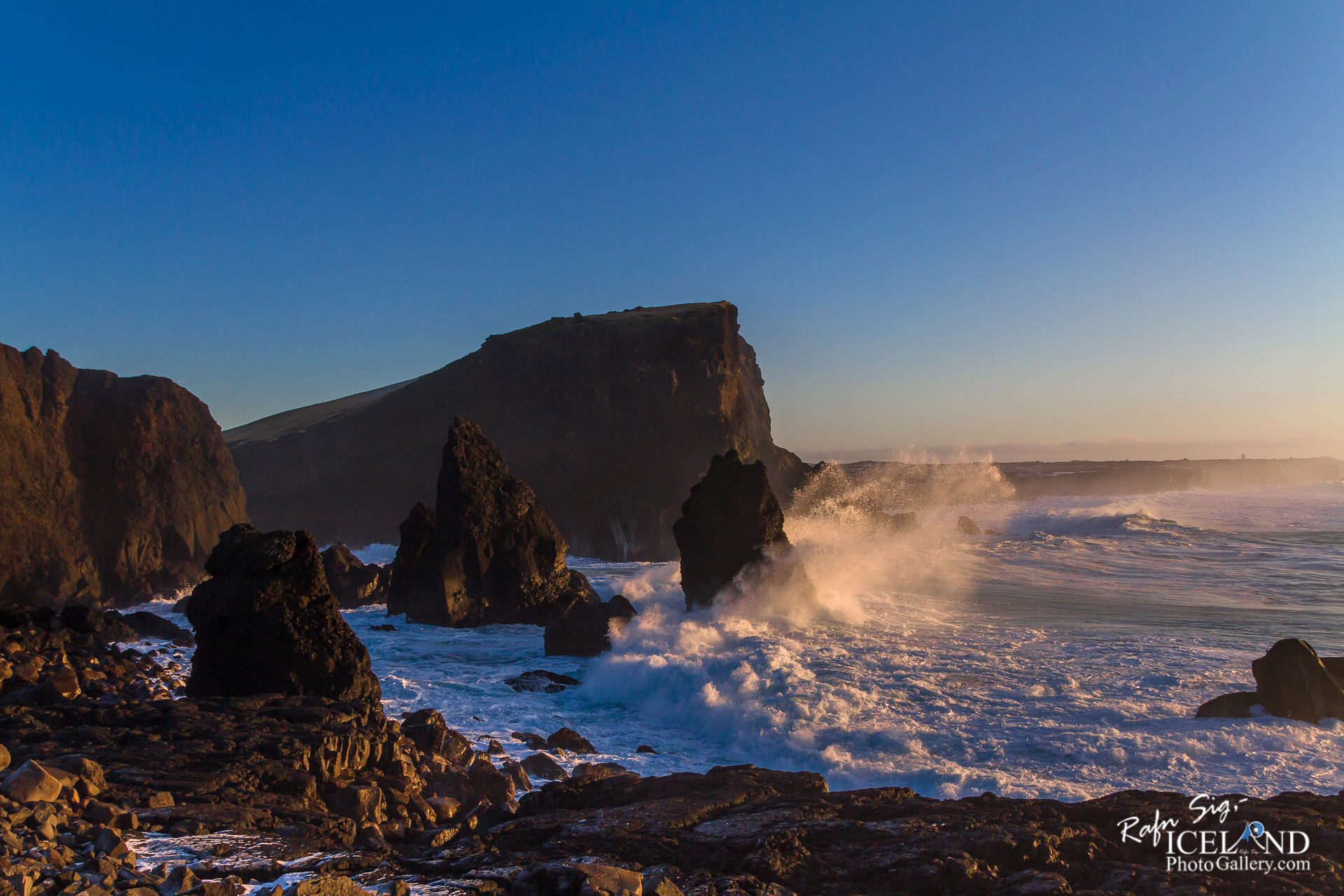

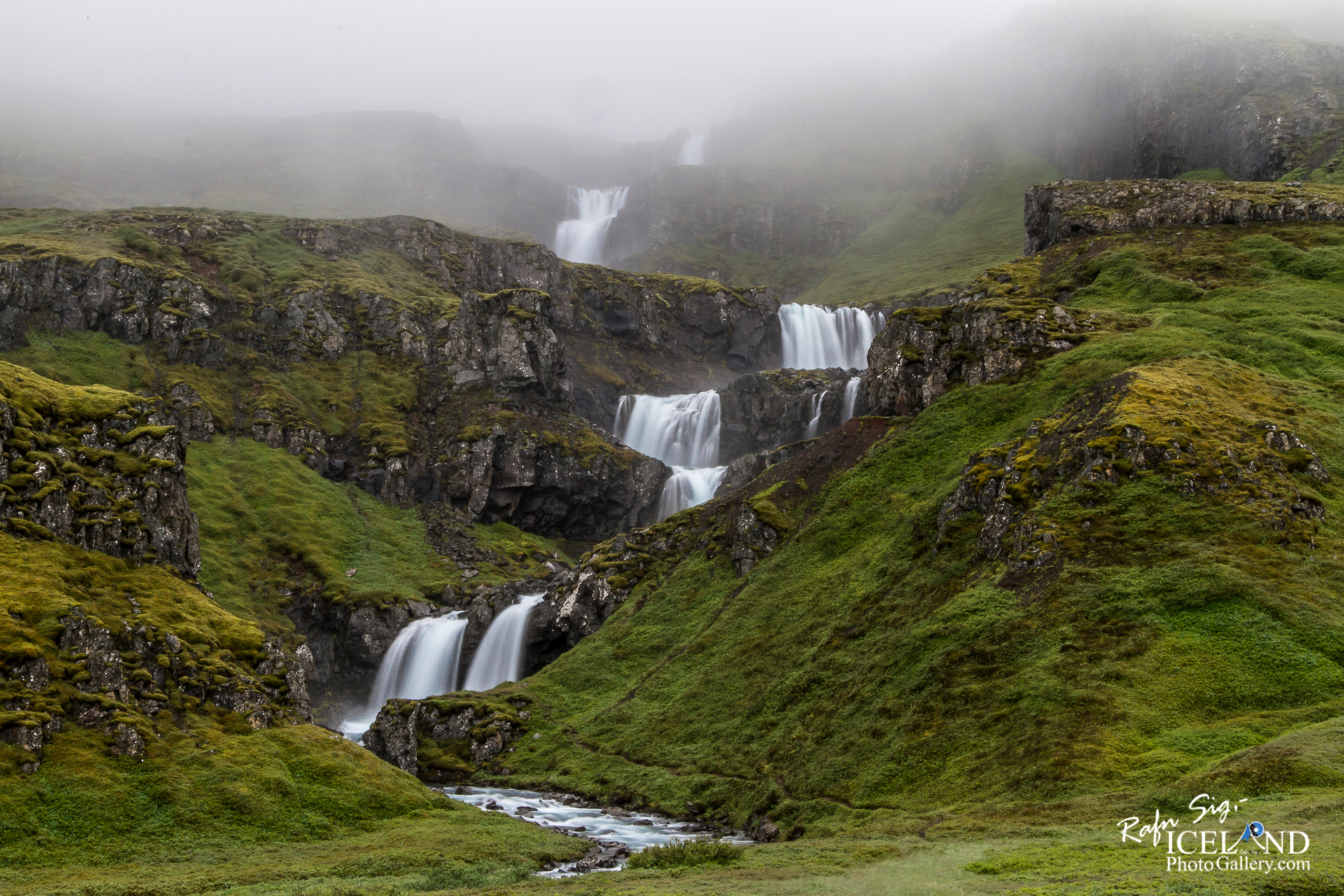
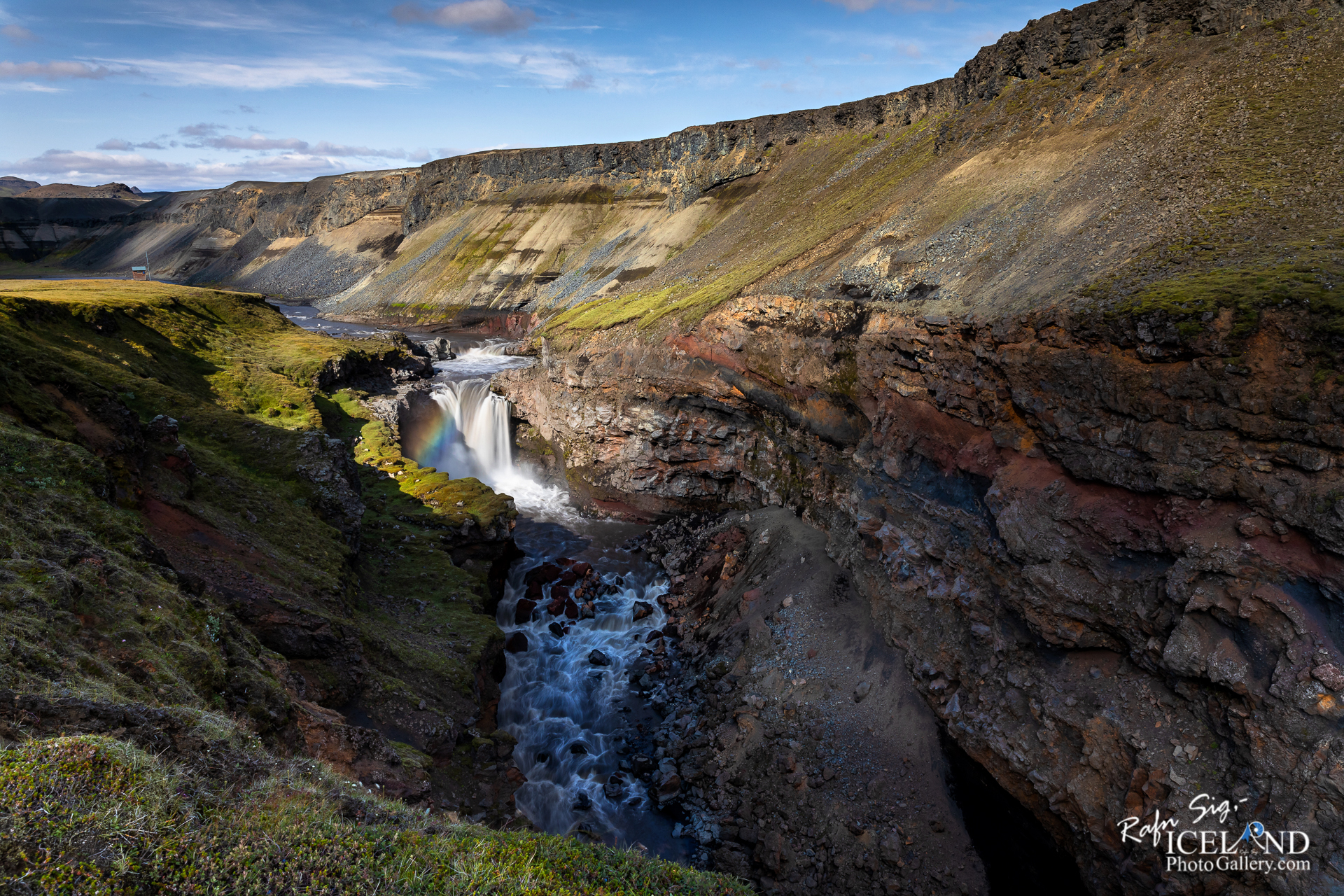


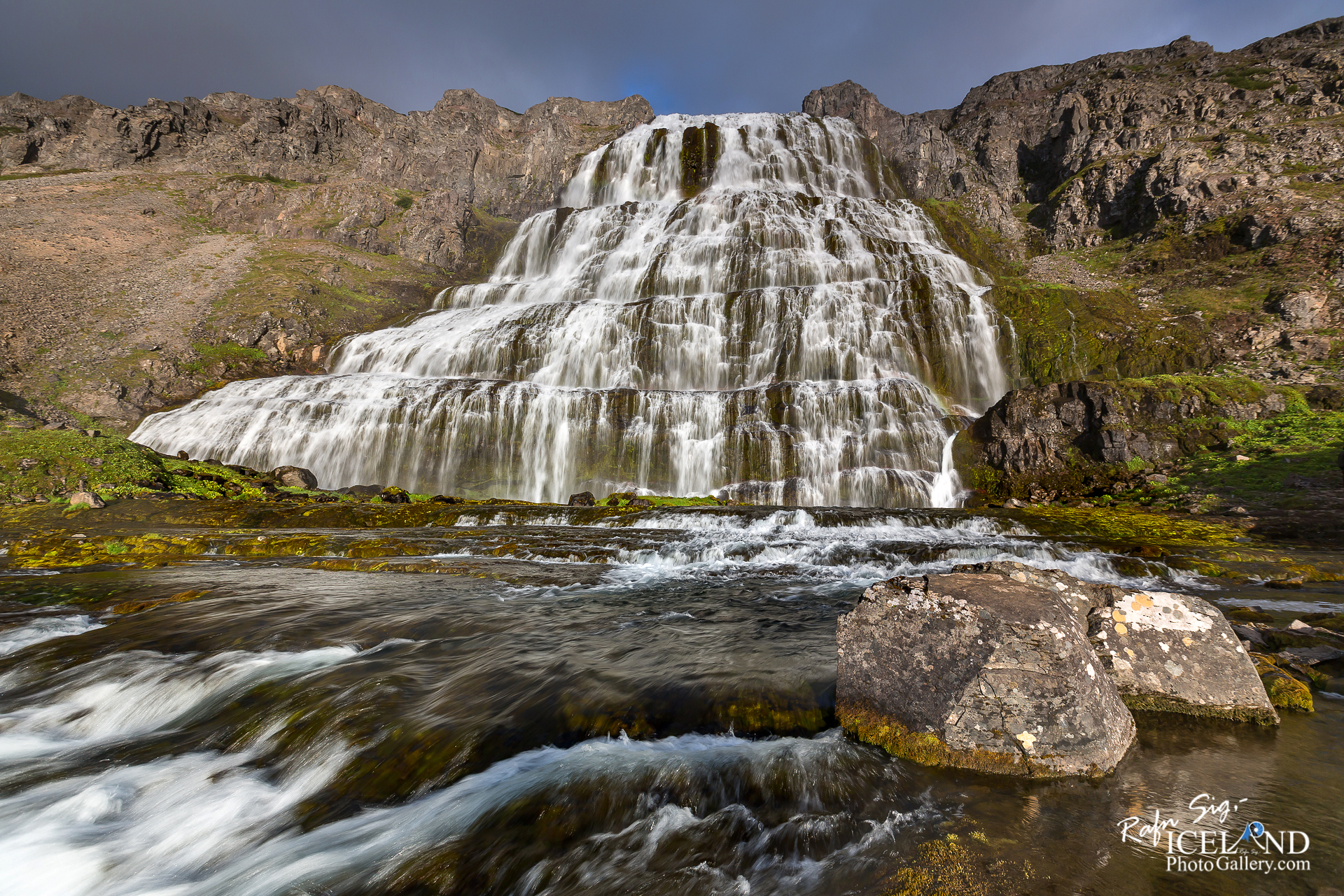
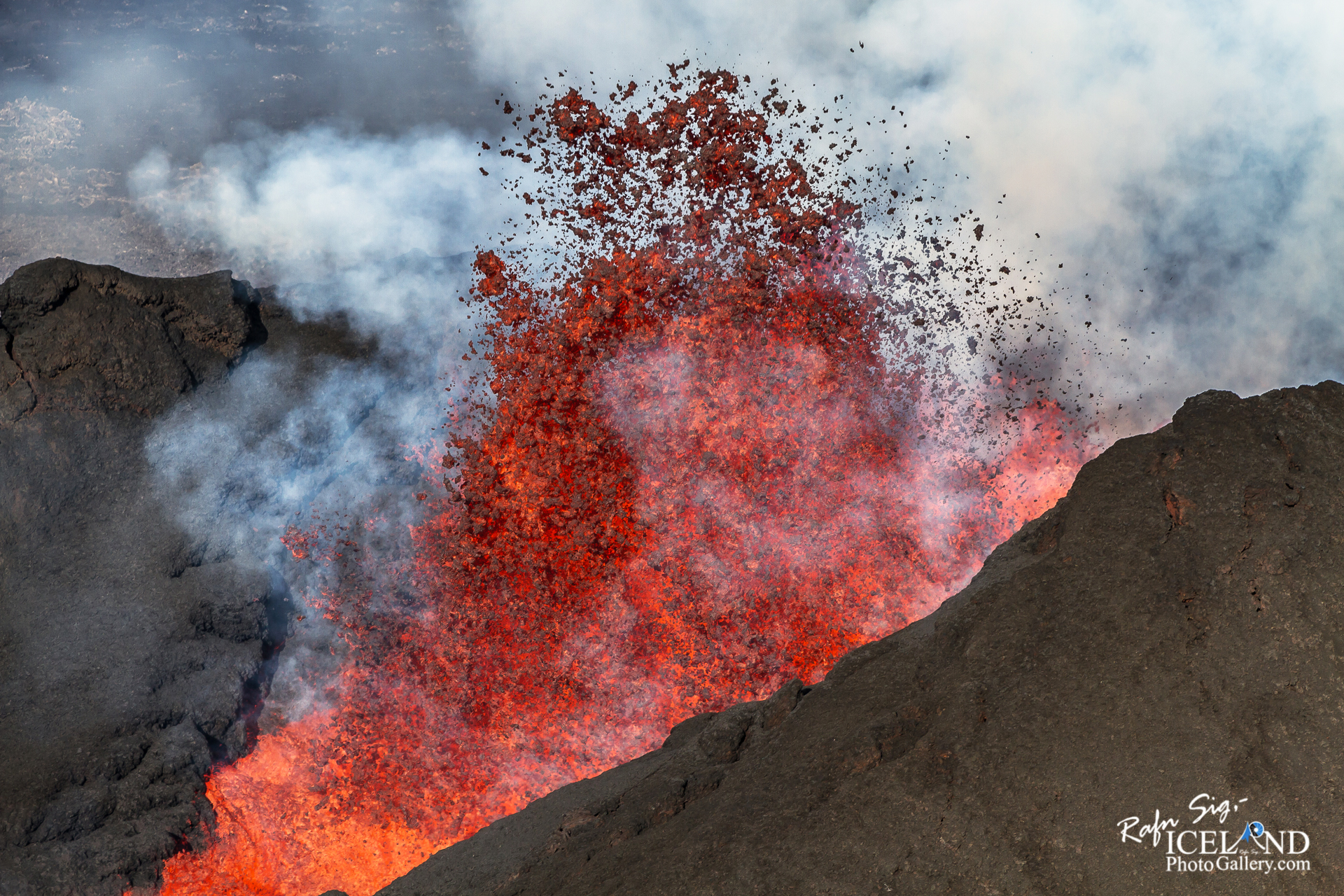
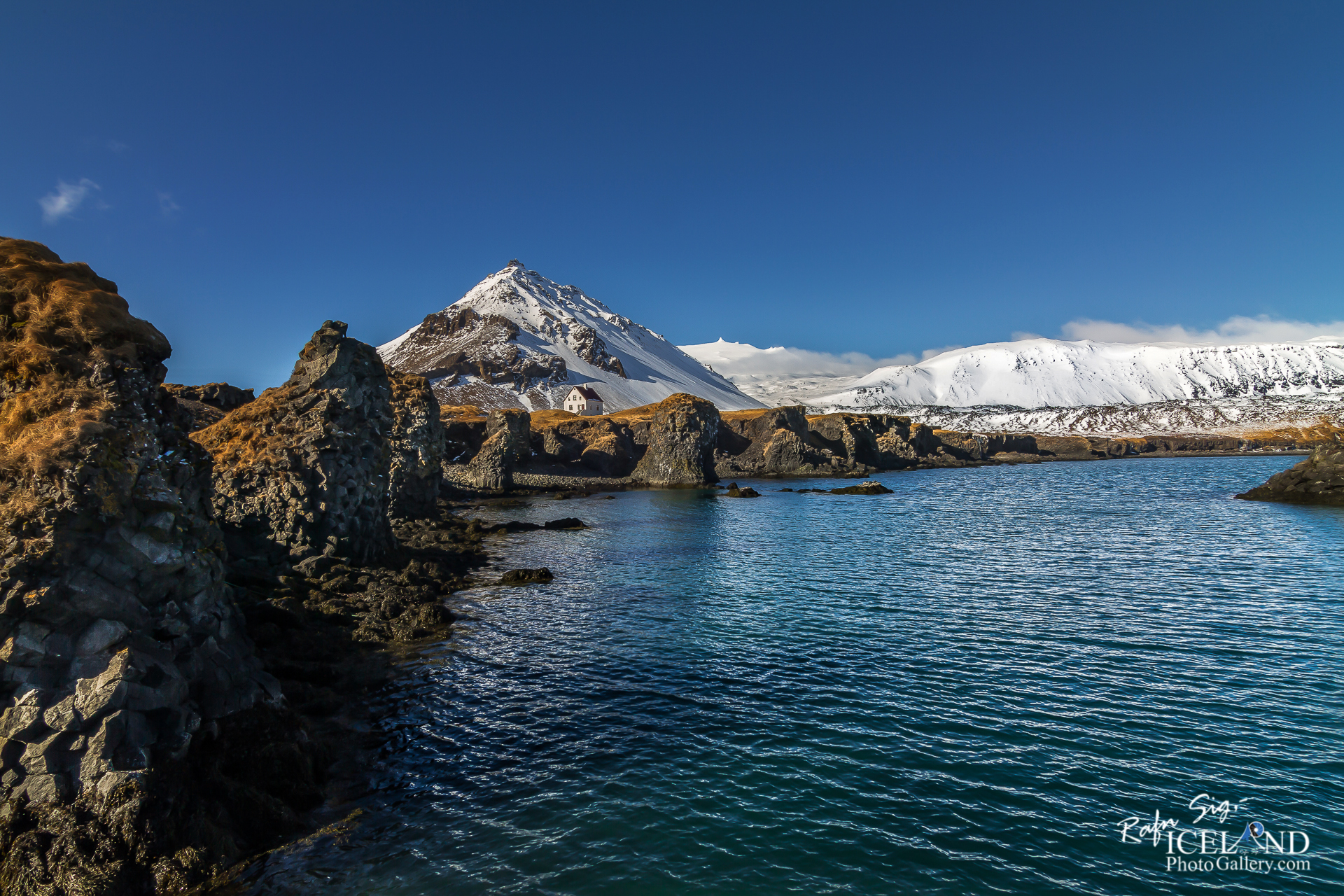
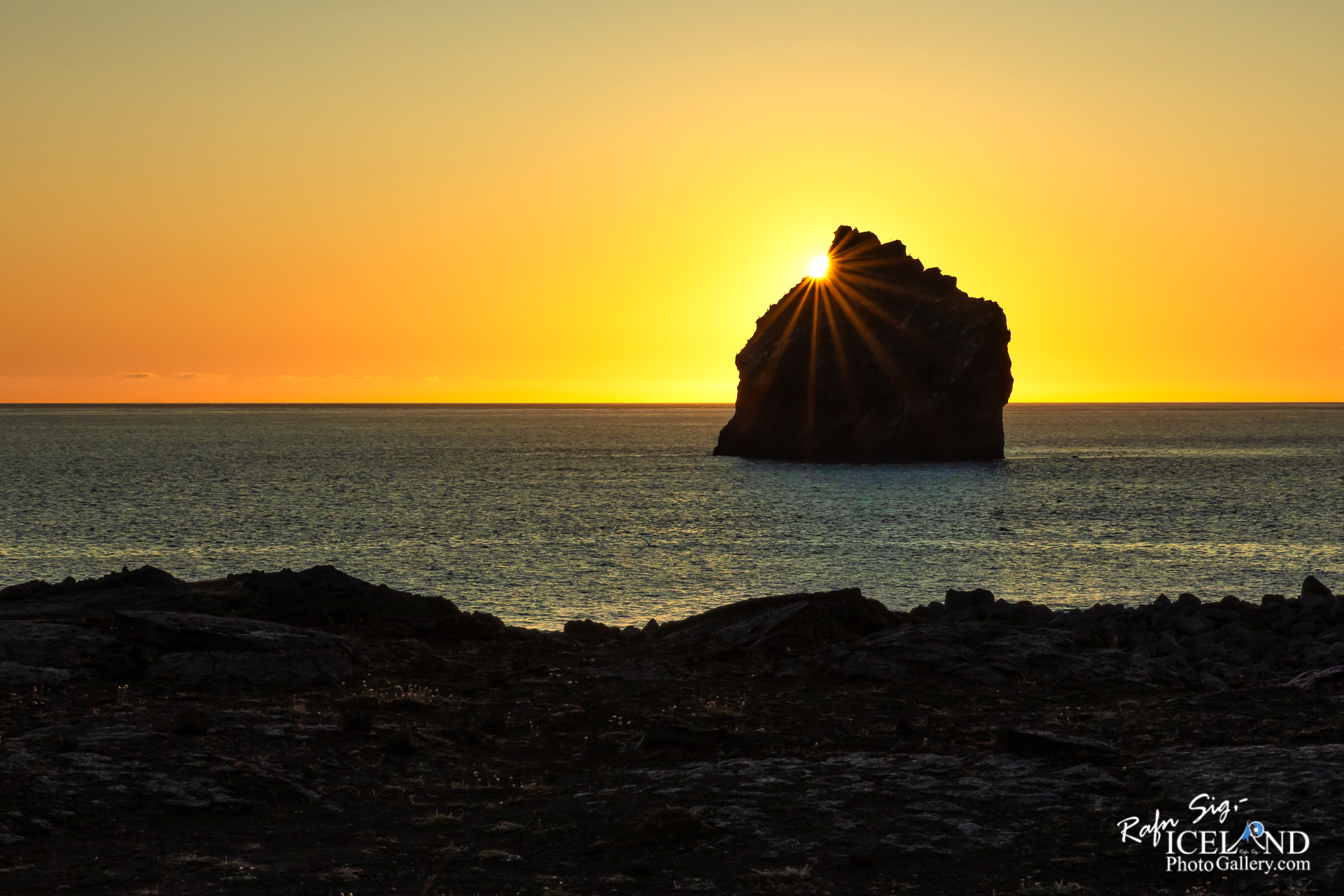
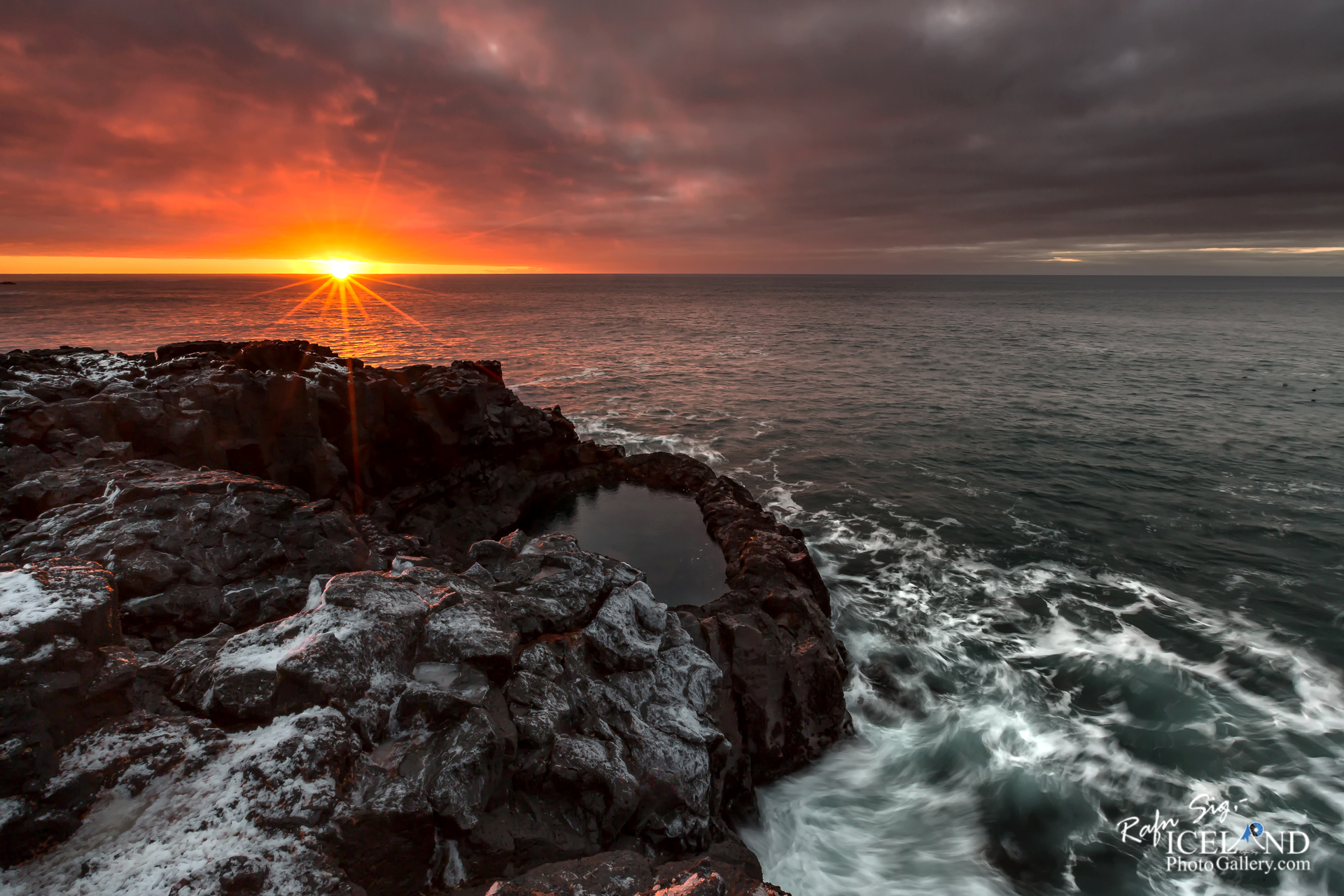
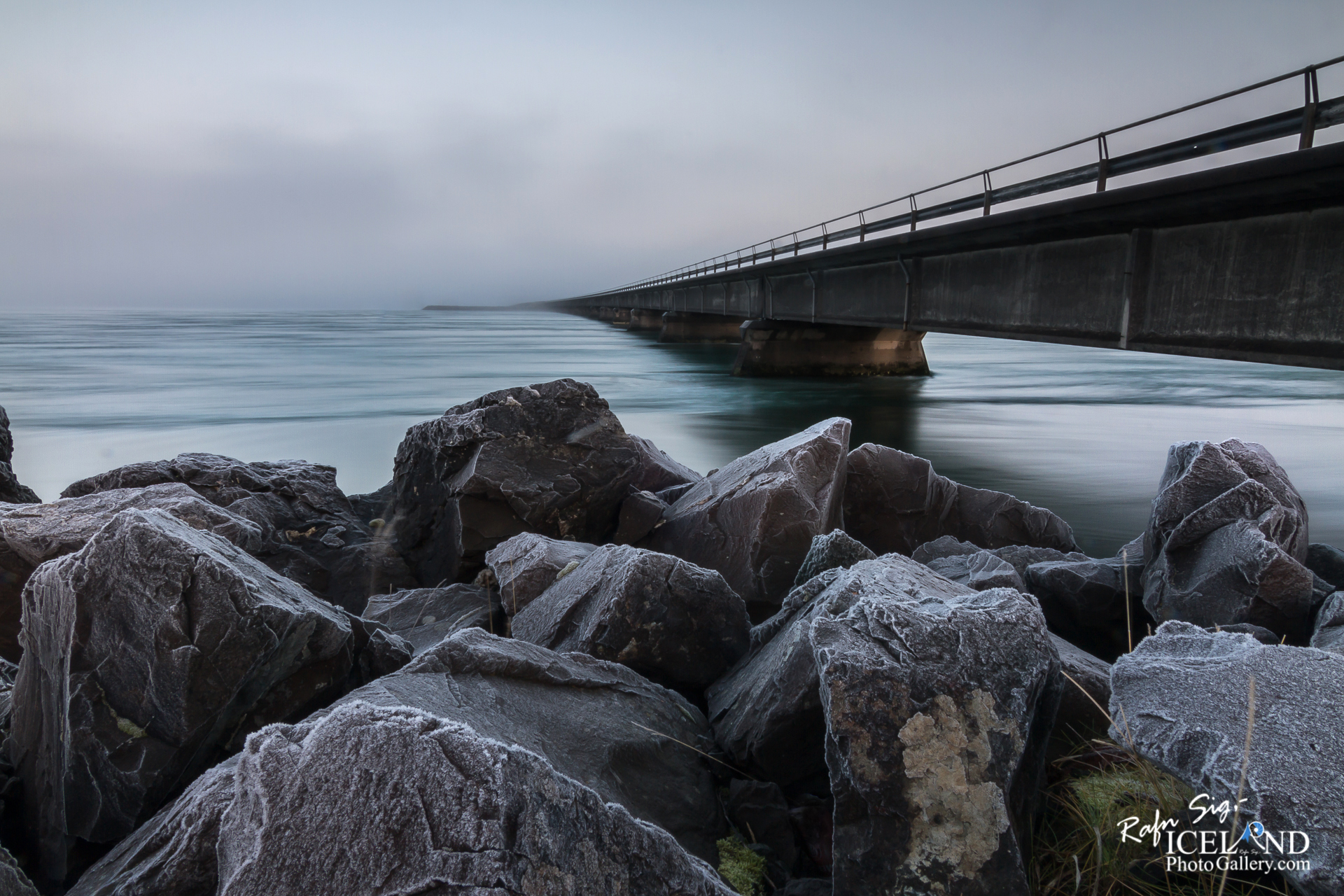

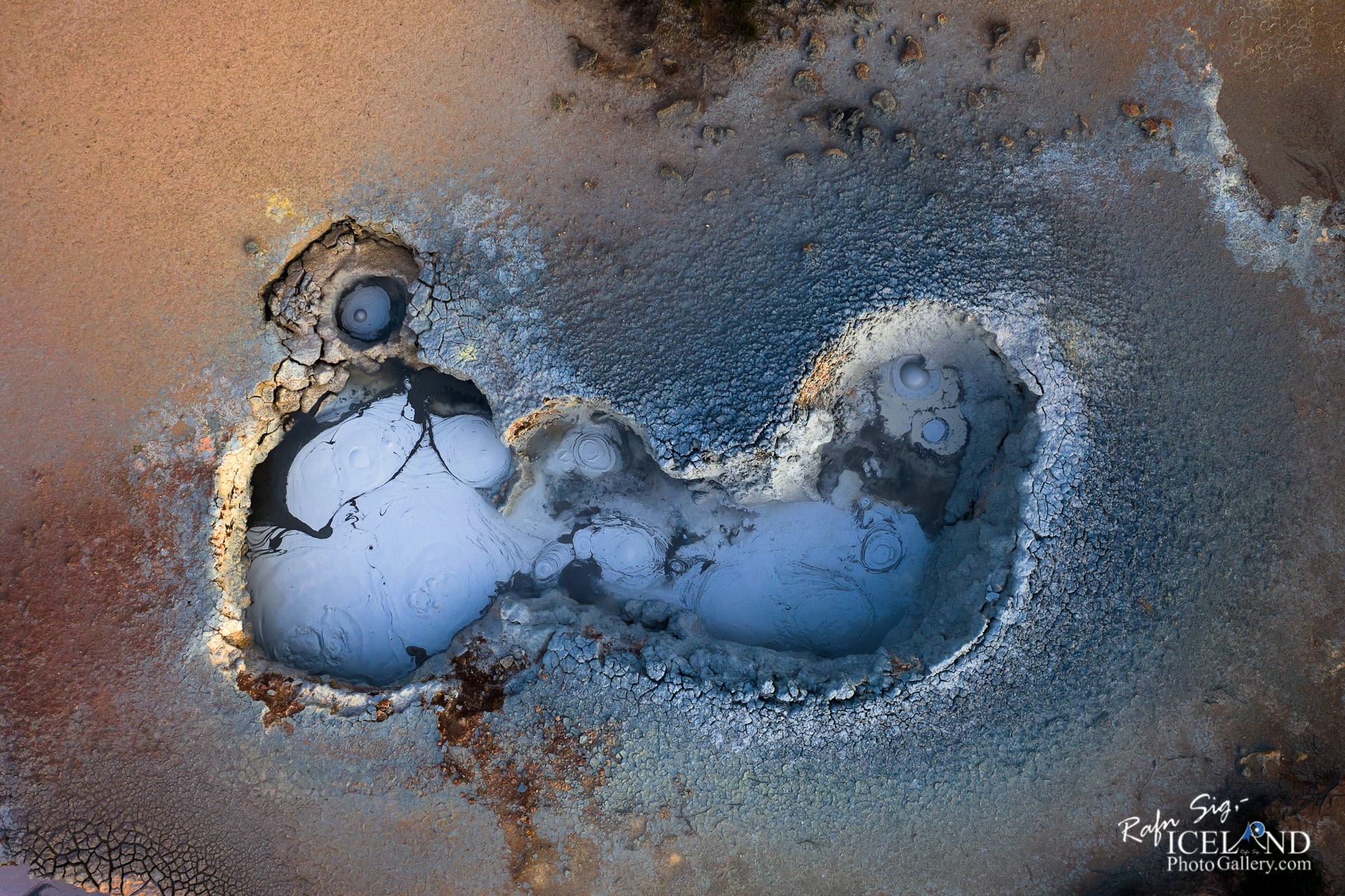
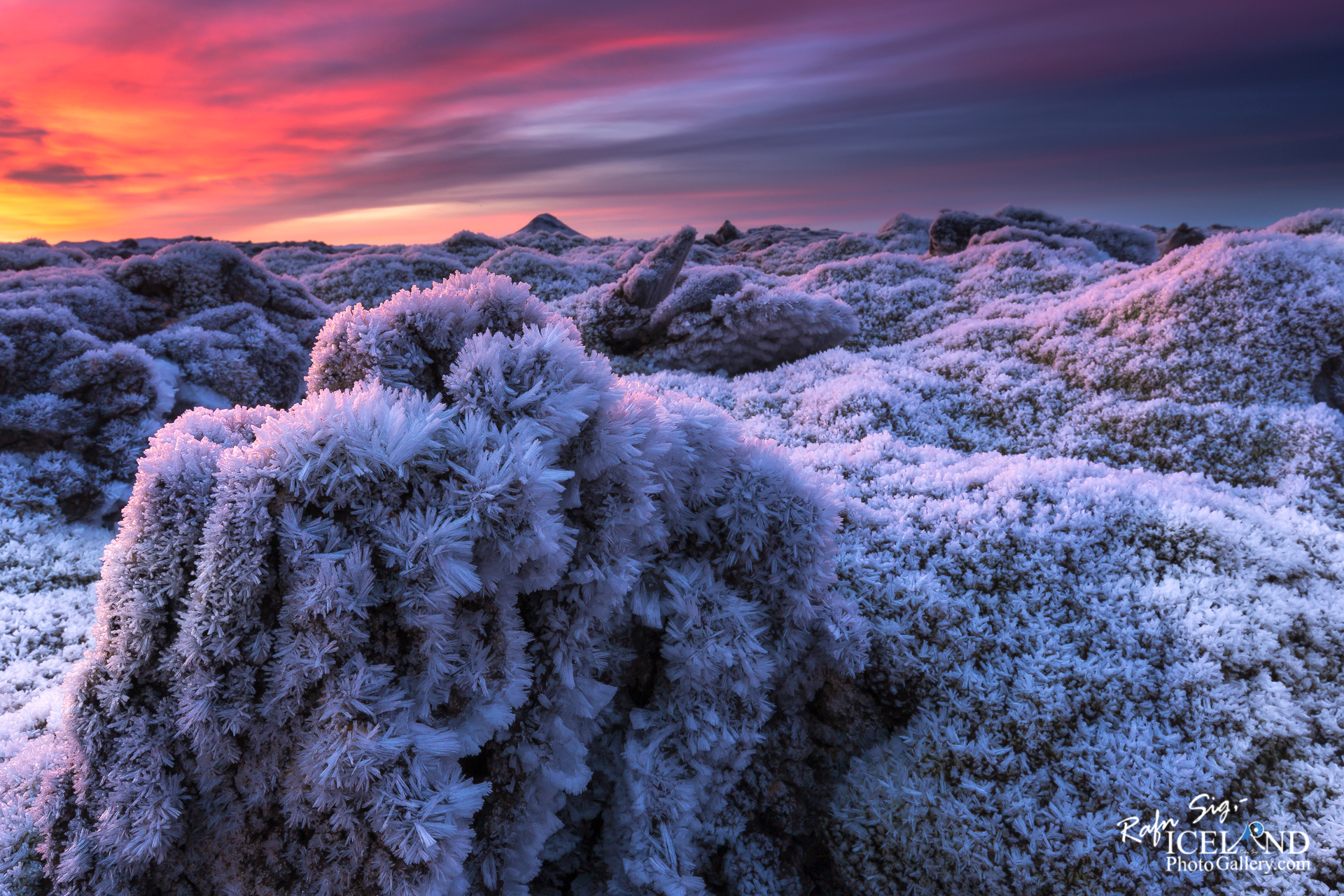




0 Comments